Finding Aid to the Papers of Robert L. Brown, 1972-2007
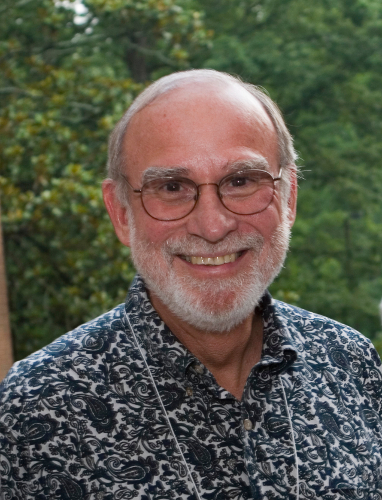 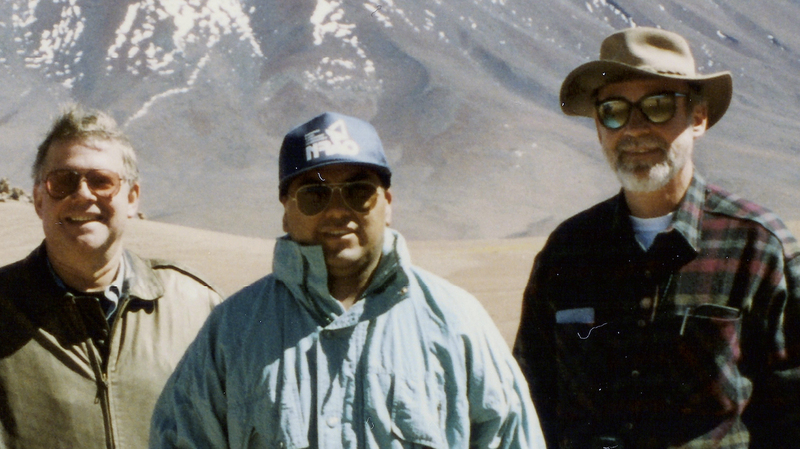 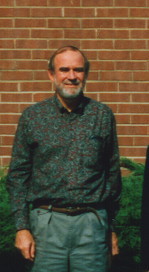 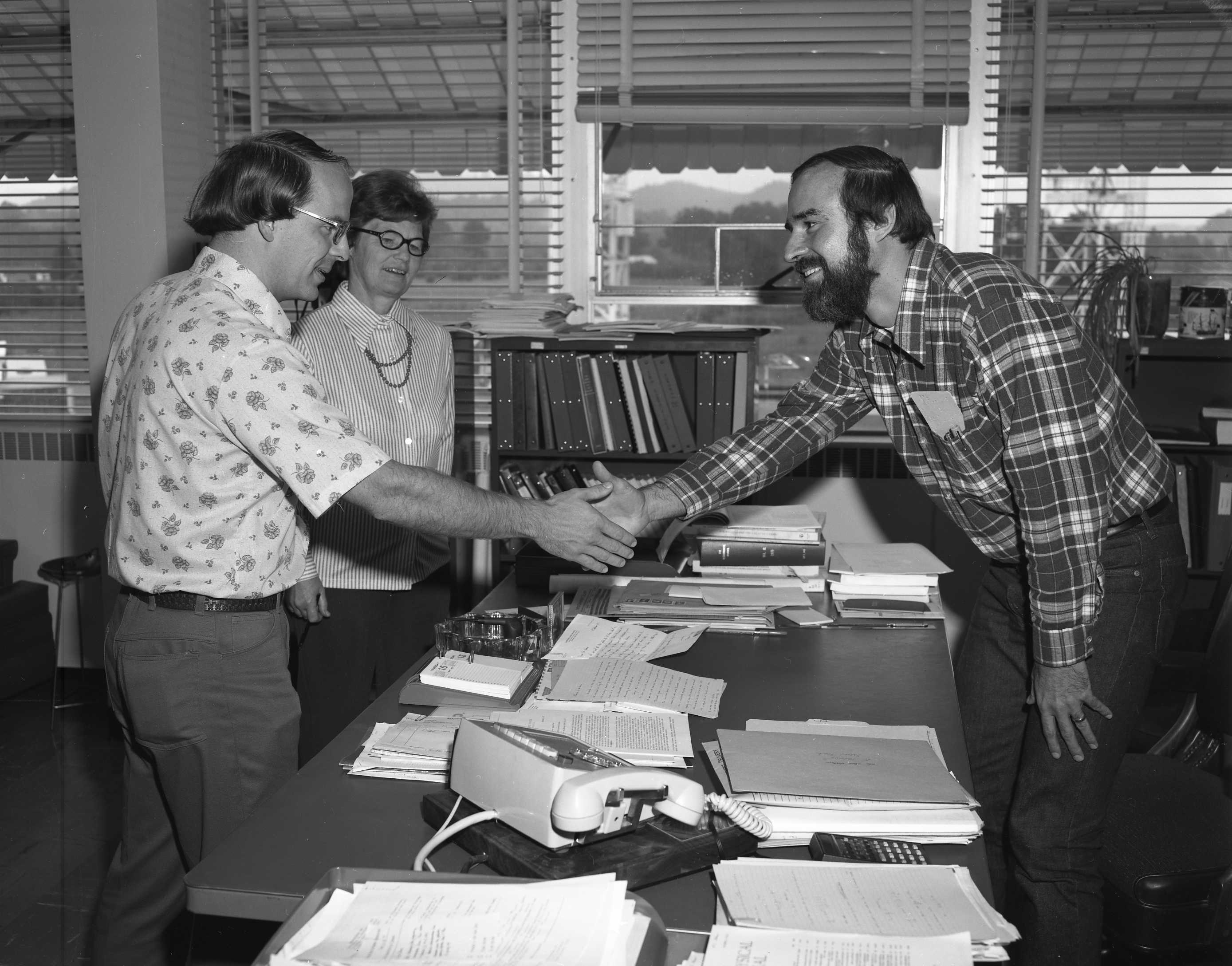 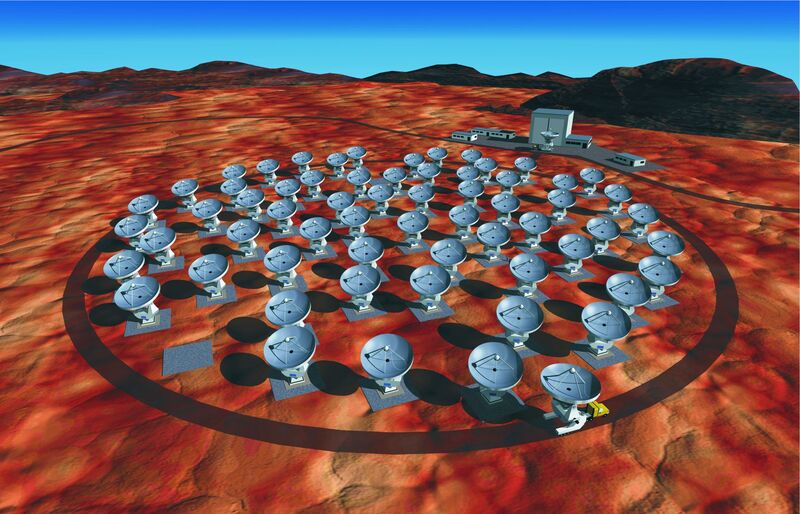 |
Note to researchers:: This collection is currently being processed. Please contact the Archivist (archivist@nrao.edu) for information about access to the material.
Location of collection: National Radio Astronomy Observatory, Archives, 520 Edgemont Rd., Charlottesville, VA. Phone: 1-434-296-0203, email: archivist at nrao.edu Title and dates of the collection: Papers of Robert L. Brown, 1972-2007 Size of the collection: In process; size of collection to be determined Papers/Records created by: Brown, Robert L. (1943-2014) Short description of collection: This collection includes papers collected by Robert L. Brown during his career at National Radio Astronomy Observatory. It includes extensive materials on the Millimeter Array (MMA) and the Atacama Large Millimeter/Submillimeter Array (ALMA), as well as on his personal research and on his various administrative duties.
Biography: Robert Lamme Brown was born on August 17, 1943 in Los Angeles, California, the middle son of three born to John R. and Vonne L. Brown. He was raised in Inglewood, California, and graduated from the University of California at Berkeley in 1965. After graduation he married his high school sweetheart, Karen Lynne Dobson. They had three children, Kendra, Lori, and Garrick. He may have been influenced in his choice of a Ph.D. research topic by his experience working in Kinsey Anderson’s cosmic ray research group as an undergraduate. He was awarded a Ph.D. in 1969 by the University of California at San Diego, where he worked under Robert J. Gould. His thesis, Interstellar Absorption of Cosmic X-rays [Phys. Rev. D, 1, 2252 1970], was on a topic of considerable interest during the pioneering years of x-ray astronomy. The American Institute of Physics noted that it was one of the 100 most cited papers in astronomy and physics during the 1970s. In 1969 Brown began his distinguished career in radio astronomy as a postdoctoral fellow at the National Radio Astronomy Observatory (NRAO). Although trained as a theorist, he quickly became a skilled observer. His management skills did not go unnoticed, and by the time he left the NRAO to become the Director of the National Astronomy and Ionosphere Center (NAIC) in 2003, he had served as the site director of the NRAO’s Green Bank (1977-1980) and Tucson (1984-1985) facilities, NRAO Associate Director (1985-1999), Director of the MMA Project (1991-1999), and NRAO Deputy Director (2000-2003). One of Brown’s most significant scientific achievements was the discovery with Bruce Balick of the compact radio source at the center of the Galaxy. On February 13 & 15, 1974, a combination of the NRAO Green Bank Interferometer with a 45-foot antenna in Huntersville, West Virginia, provided enough resolution and sensitivity to detect the faint, compact source. Later, Brown named the source SgrA*. It has since been shown to be coincident with the center of the Milky Way, driven by a massive black hole. The discovery was a fundamental advance in our understanding of galactic nuclei. He was also an expert on radio recombination lines, writing with Jay Lockman and Gillian Knapp the review that remains the standard on the subject. Brown also had an interest in extra-galactic astronomy, particularly, the detection of spectral lines in high redshift objects. With Morton Roberts he made the first detection of HI in absorption (z~0.7) against a quasar, 3C286 (z~0.8). Several more such detections followed. Today, HI absorption searches are a major science driver for the Square Kilometer Array. It was this experience that led him to search for CO emission from the hyper-luminous infrared galaxy F10214+4724. The detection, with Paul Vanden Bout, of the CO(3-2) rotational line extended by a factor of more than 10 the redshift of previous CO emission detections in infrared-rich galaxies. It was a major motivation for the construction of the Millimeter Array (MMA), which later evolved into the Atacama Large Millimeter/Submillimeter Array (ALMA). Brown’s aptitude for doing several things at once served him well in his various management roles at the NRAO. He could write effortlessly and as Deputy Director was responsible for drafting the many program plans, long range plans, and reports that the National Science Foundation (NSF) required in ever increasing numbers over the years. He was a patient person, well suited to participate in the negotiations of, for example, the agreements with the Soviet Union and Japan for NRAO support of space VLBI, the merger of the MMA with the European Large Southern Array into ALMA, and the frequently contentious process that determined the NRAO investment for the year in new instrumentation. He had the perseverance required during the many years it took to realize MMA development funding for organizing workshops, conferences, and keeping the project alive. He was adventurous and liked to travel; he was the first person from the NRAO to see the future ALMA site in the high Andean altiplano above the Atacama Desert of northern Chile. He immediately recognized its potential and initiated site testing. The site has been critical to the stunning success of ALMA. Indeed, the success of ALMA owes as much to Brown’s efforts in many areas of the project as to anyone. Brown was eager to work with young people, consistently supervising NRAO summer students and mentoring postdoctoral fellows. He supervised five graduate students in their Ph.D. research at the University of Virginia: W. S. Gilmore, A. P. Marscher, F. H. Levinson, S. G. Neff, and D. T. Frayer. He was a member of the American Astronomical Society, the International Astronomical Union, and the International Union of Radio Science. In 2003, Brown became the Director of the NAIC and its principal facility – the Arecibo Observatory. Commuting between Cornell University, the NSF contractor for the operation of the NAIC, and the Arecibo Telescope’s site in Puerto Rico, Brown made many improvements to the operation of the observatory. He retired in 2008. He found an outlet in retirement for his energy by opening with Karen an ice cream parlor in Corolla, on the Outer Banks of North Carolina, where the family residence was located after they left Charlottesville, Virginia. In his own words, his role in the shop was “Chief Financial Officer and Head of Janitorial Services”. Brown was devoted to his family, particularly his children and grandchildren, for whom he was always buying souvenirs on his travels. He died suddenly of a heart attack in Florence, South Carolina, while travelling to Disney World in December 2014 to spend time with his grandchildren. [Biographical note written by Paul A. Vanden Bout, with minor additions by Ellen N. Bouton.] Accession history: Brown donated a small group of materials to the NRAO Archives in 2003. The bulk of the collection was donated by his family in 2015. Access to collection: No restrictions. The Archives are open part-time; contact the Archivist for appointment. Restrictions on use of collection: None. Publication rights: Copyright has been assigned to the NRAO/AUI Archives. All requests for permission to publish or quote from manuscripts must be submitted in writing to the Archivist. Preferred citation: National Radio Astronomy Observatory/Associated Universities, Inc. Archives, Papers of Robert L. Brown, <series/unit/subunit/box #>. After the initial citation, abbreviations may be used: NRAO/AUI Archives, Brown Papers, <series/unit/subunit/box #>. Processing notes: Initial inventory of the collection was done in 2015 by Megan Moore. Final arrangement, description, indexing, foldering and boxing of this material was begun in 2015 and is ongoing. During the processing, photocopies were made to replace thermofax sheets and newspaper clippings, fasteners were removed, and materials were removed from binders of various types. Duplicates were discarded. A substantial number of Brown's files for 1999-2002 were on diskettes or CDs only. All files were copied to a server (diskettes and CDs retained). Most files were incorporated into appropriate folder/item listings, with links to a copy of the digital file. Files deemed not significant (e.g. notes on travel arrangements, menus for meeting dinners), redundant files, and files we do not have the software to open, were retained on the server but not included with material described in the finding aid. In a few cases, links from the finding aid are to a text file listing contents of a diskette or CD; contact the Archivist for copies of specific files included in such listings. Email messages dated 1997-2002 were received on CD and made available digitally in 2018; contact the Archivist about access. Calendars and Journals Series: This series includes calendars, daily journals, and diaries dated 1987, 1989-1991, and 1997-May 2003. Notebooks for 1997-April 2003 have detailed notations about meetings and trips. Related materials: See also the notebooks for specific trips to Chile in the Millimeter Array Series below. Size: 1.0 linear feet. Correspondence Series: This series includes both paper correspondence and email. Paper correspondence was filed by Brown in binders in rough but somewhat overlapping chronological order, and is dated May 1977-April 1984, with the bulk dated 1977-1980 when Brown was Site Director in Green Bank. Correspondence from the binders has been merged into a single chronological file. Topics vary widely, including publications, observing time, visitors, outreach, instrumentation, and operations and administrative matters. Approximately 16,500 sent email messages dated 1997-2002 were received on CD and are available digitally; contact the Archivist for access information. Emails cover a variety of topics, with the bulk related to the MMA and to ALMA. Researchers should note that there is significant correspondence filed by Brown with other materials, e.g. in the Millimeter Array Series or in the NRAO Administration Series. Size: 1.0 linear feet plus 16,500 files Millimeter Array (MMA) Series: U.S. community science workshops on the design of a synthesis array for millimeter-wave astronomy were first held in 1982 and continued through 1989. In July 1990 the National Radio Astronomy Observatory submitted a proposal for a millimeter array to the National Science Foundation (NSF), and in 1991 the decadal report of the National Research Council's Astronomy Survey Committee recommended the Millimeter Array as the highest priority ground-based astronomy project for the 1990s. Planning and site research began at NRAO, in November 1994 National Science Board (NSB) approved a project development plan for the MMA and endorsed further planning, and in May 1998 the NSB authorized the expenditure of $26M for a three-year MMA design and development program. In June 1999, the NSF signed a Memorandum of Understanding with European institutions for a joint design and development phase of the Atacama Large Millimeter/submillimeter Array (ALMA), a project that joined the MMA with the European Large Southern Array project. Materials filed with this series are dated 1985-2002, with almost all dated prior to the June 1999 Memorandum of Understanding. This series includes reports, memos, cost estimates, trip reports, photos, test data, and other materials related to the design and development of NRAO's MMA project and its evolution into the multinational ALMA project. Size: 2.0 linear feet. Click here for an item listing. Related materials: See the Atacama Large Millimeter/Submillimeter Array (ALMA) Series below for materials after the MMA project became ALMA, as well as the Calendars and Journals Series above for records of meetings, events, and trips related to MMA/ALMA. For additional materials on the MMA, see also the Records of the National Radio Astronomy Observatory, the Papers of Mark A. Gordon, the Papers of David E. Hogg, the Papers of Paul A. Vanden Bout, and the MMA/ALMA Memo Series. Researchers should note that material relevant to the MMA is included with materials on ALMA and vice versa, both in these papers and in other collections. Atacama Large Millimeter/Submillimeter Array (ALMA) Series: The Atacama Large Millimeter/submillimeter Array (ALMA), an international partnership of Europe, North America and East Asia in cooperation with the Republic of Chile, is a single telescope of revolutionary design, composed initially of 66 high precision antennas located on the Chajnantor plateau, 5000 meters altitude in northern Chile. NRAO leads the North American component of the effort, whose participants include the United States, Canada, and Taiwan. In June 1999, the National Science Foundation signed a Memorandum of Understanding with European institutions for a joint design and development phase of the Atacama Large Millimeter Array (ALMA), a project that joined NRAO's planned Millimeter Array (MMA) with the European Large Southern Array project. In November 2001 the U.S. Congress appropriated the first construction money for ALMA. Groundbreaking for the Operations Support Facility near San Pedro de Atacama, Chile, was in November 2003, and groundbreaking for the Technical Building at the 5000m altitude Array Operations Site was in October 2005. On 30 September 2011 ALMA officially began Early Science observations in northern Chile, and on 13 March 2013 ALMA was formally inaugurated after nearly three decades of planning, engineering, and construction. This series includes reports, correspondence, memos, cost estimates, meeting minutes, resolutions and MOUs, test data, and other materials dated 1962-2002 related to the design and development of ALMA and NRAO's participation in its evolution into a multinational project. Size: 0.5 linear feet, approx. 80 digital files from 24 diskettes and 5 cds. Click here for an item listing. Related materials: See the Millimeter Array (MMA) Series above for materials before the MMA became ALMA, as well as the Calendars and Journals Series above for records of meetings, events, and trips related to MMA/ALMA. For additional materials on ALMA, see also the Records of the National Radio Astronomy Observatory, the Papers of Robert L. Dickman, the Papers of Mark A. Gordon, the Papers of Paul A. Vanden Bout, the Biweekly/Monthly Calendar of the ALMA Project at NRAO, and the ALMA Memo Series. Researchers should note that material relevant to the ALMA is included with materials on the MMA and vice versa, both in these papers and in other collections. Space Astronomy Series: This series includes materials on space-based astronomy telescopes, projects, and proposed projects, and has been divided into four units.
National Radio Astronomy Observatory (NRAO) Administration Series: This series includes materials on projects and activities in which Brown participated as part of his various administrative roles at NRAO, including as NRAO Deputy Director. Material has been divided into three units. For Brown's materials on MMA, ALMA, and Space Astronomy, see the separate series above.
Scientific Research Series: Materials for this series are currently being processed. This series includes materials on Brown's radio astronomy research. Photographs Series: This series consists of photographs from Brown's trips to Chile in 1994 and 1997. There are additional slides that have not been scanned; contact the Archivist for details. Click here for digital photos. Additional Materials about Brown: These materials are about Robert L. Brown but were not created or collected by him. Included are obituaries and other biographical materials. |
